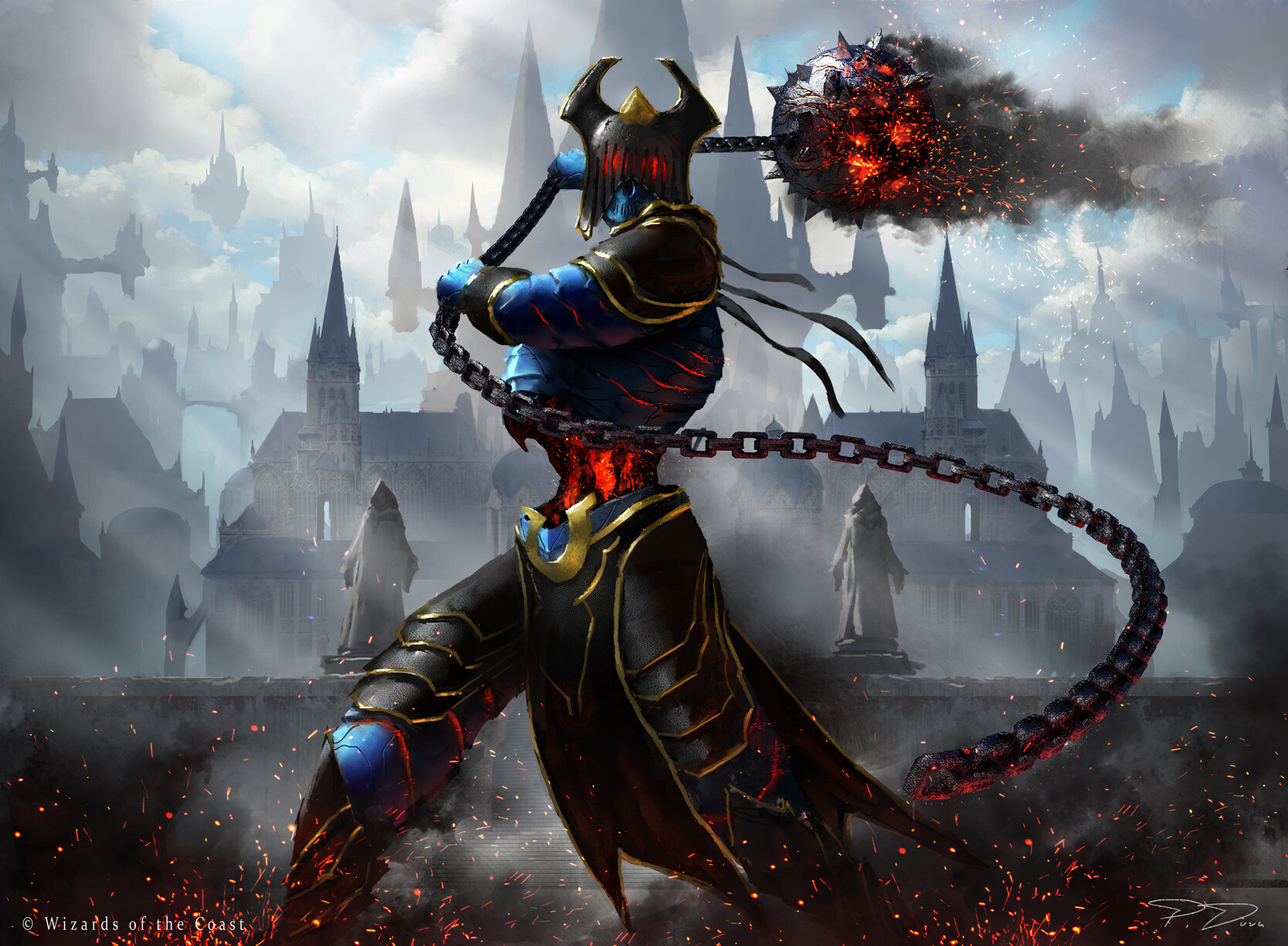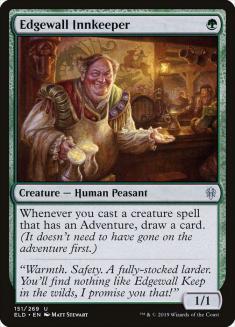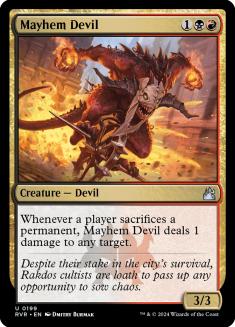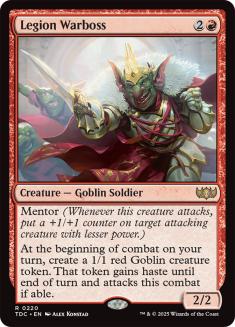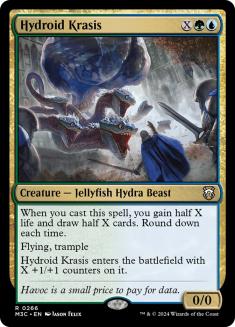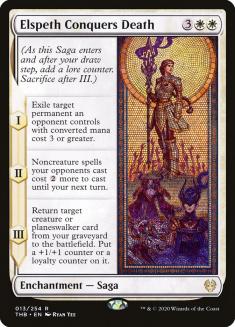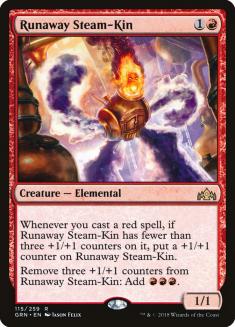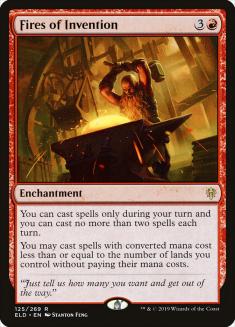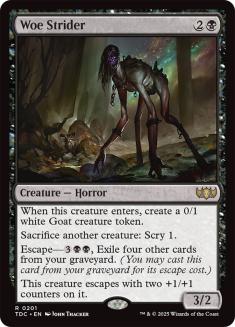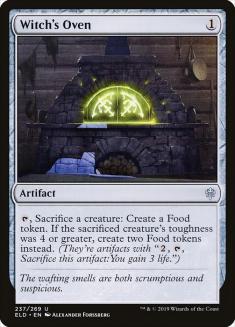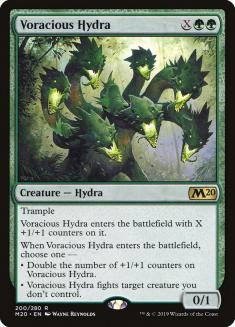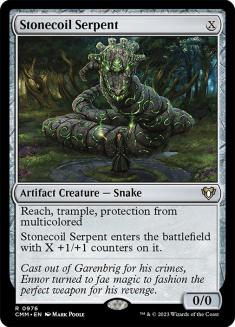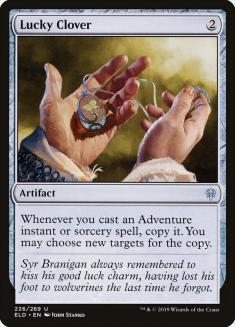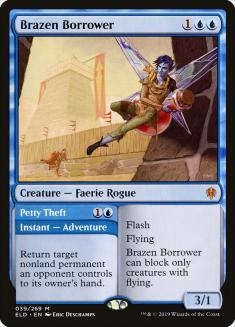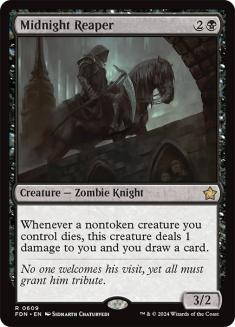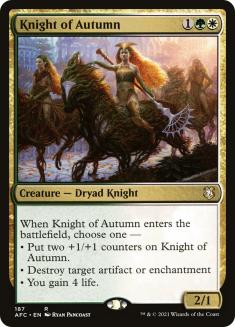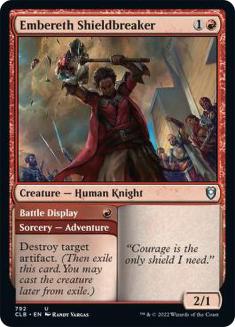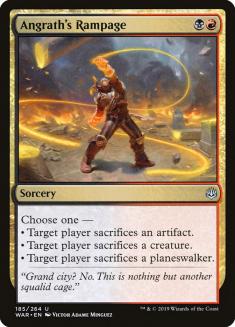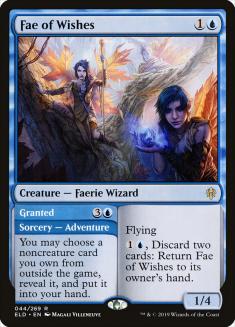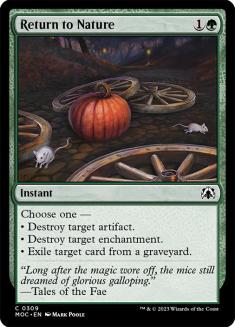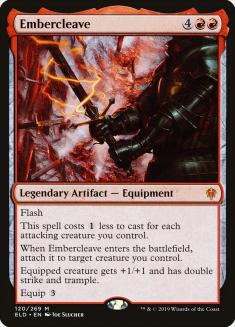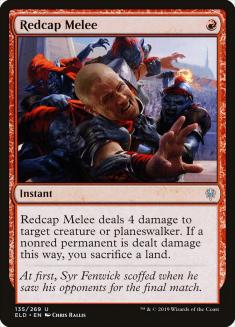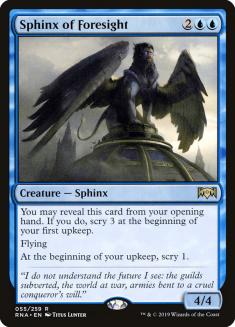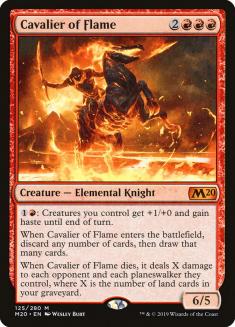World Championship XXVI was a game-changer in terms of the look it gave us at what was really good in Theros Beyond Death Standard, with the metagame being largely split between four major archetypes: Mono-Red Aggro, Temur Reclamation, Azorius Control, and Jeskai Fires. The clearest picture we’d had of what to expect out of this Standard format, and what decks we’d have to respect, learn, or attempt to target.
If there’s anything true about Standard nowadays though it’s that, provided there aren’t any particularly egregious cards like Field of the Dead or Oko, Thief of Crowns on the loose, it moves quickly. The metagame of three weeks ago feels so far away from where we’re at now, with some old decks falling by the wayside and new contenders emerging. The DreamHack Anaheim Arena Open and this last weekend’s Mythic Point Challenge and Standard Showcase Challenge have all done their part to redefine where the format is.
Broadly speaking, Temur Adventures and new three-colour Nissa Ramp decks emerged and have proven themselves, Mayhem Devil is back in a big way, there has been a huge down-tick in Temur Reclamation and Azorius Control, and Mono-Red Aggro and Jeskai Fires have remained key players. Which is all well and good, but to figure out what matters in Standard now we have to understand why all these big changes have taken place. We need to figure out exactly what the new rules of engagement are in Standard or else risk being left behind.
Expensive Permanents Need to Have an Immediate Impact
This has in some sense been true of almost every Standard for a fair while now. The Flametongue Kavu-esque nature of a lot of the best planeswalkers, hitting the table only to immediately kill an opposing permanent and then sit there with one or two loyalty left over, naturally leads to this, as do cards like Unlicensed Disintegration or Glorybringer. Whilst this is just largely a truth of Standard by this point, though, the exact texture of how it plays out and what cards and strategies look playable underneath this rule can vary a lot, as the details matter.
Up until now, the biggest thing encouraging this dynamic in recent Standard was the omnipresence of Teferi, Time Raveler. This made creatures with haste better than normal as they could come back down and immediately kill the Teferi that bounced them. This also made a creature like Hydroid Krasis particularly appealing; sure, the Teferi can bounce your Krasis, but then you just get to draw a bunch of cards again.
The last couple of weeks have put a huge amount of emphasis on two new Flametongue Kavus of sorts, ones that will go on to define what threats are the most appealing to play.
Creatures (12)
Planeswalkers (10)
Lands (28)
Spells (10)
Sideboard

Elspeth Conquers Death was already a defining card in Standard in Azorius Control, but Bamp Ramp has taken it to another level. The floor on the third mode of Elspeth Conquers Death is raised here thanks to the increased density of cards you can return, as even just getting another card and three more life thanks to having an Uro in the graveyard is perfectly fine. Meanwhile the ceiling on the card is so much higher than in Azorius Control due to how absurd returning a six-loyalty Nissa, Who Shakes the World to the battlefield is, especially with all your lands being untapped and ready for her mana-doubling effect.
This makes it all the more important to make sure you’re not weak to the effect from the first mode on Elspeth Conquers Death, as someone exiling your best permanent and soon after getting a Nissa back is just too big a swing to handle. The three main ways of doing this are by overloading the exiling effect with a critical mass of things it has to deal with, by forcing it to trade down on mana whilst you put significant pressure on your opponent, or by dodging the effect entirely.
You overload Elspeth Conquers Death by cheating on mana. There are a few different reasons Mono-Red Aggro is favoured against Bant Ramp, but this is one of them as Runaway Steam-Kin is very impressive in this role. Using the burst of mana it provides to generate two three-mana spells in the same turn puts the Bant player in a really awkward spot, especially if one of those is an Anax, Hardened in the Forge to protect against Shatter the Sky also. In theory Fires of Invention does something similar, but Jeskai Fires struggles enough in the late-game against the combination of Uro, Titan of Nature’s Wrath and Hydroid Krasis that it still ends up struggling a bit in the matchup despite this.
Creatures (28)
- 4 Midnight Reaper
- 4 Gutterbones
- 4 Priest of Forgotten Gods
- 4 Dreadhorde Butcher
- 4 Mayhem Devil
- 4 Cauldron Familiar
- 4 Woe Strider
Lands (24)
Spells (8)

You make Elspeth Conquers Death look awkward with a deck like Rakdos Sacrifice, as it trades down on mana whilst its controller dies. It’s really hard to feel good about exiling an opponent’s Midnight Reaper or Woe Strider if Gutterbones and Dreadhorde Butcher are mauling your face, and Elspeth Conquers Death can’t deal with the Witch’s Ovens that are so critical to the Rakdos deck’s synergies.
As far as dodging the effect goes, playing Hydroid Krasis yourself is the most obvious go-to for this; threats that have a low converted mana cost, yet let you sink mana into them, are great here. This is a big part of why I registered Hydroid Krasis instead of Gadwick, the Wizened in my Temur Reclamation list at World Championship XXVI, as having threats that dodged Elspeth Conquers Death in the Azorius Control matchup felt that important to me. With Elspeth Conquers Death in mind I suspect Voracious Hydra is being underplayed currently, and whilst Stonecoil Serpent doesn’t sound exciting at first glance, I suspect that card has potential, considering it is impervious to basically everything in Bant Ramp other than Shatter the Sky and Nissa’s 3/3 lands.
The other new thing that’s punishing expensive permanents is a little more complicated.
Creatures (24)
- 4 Lovestruck Beast
- 4 Beanstalk Giant
- 4 Edgewall Innkeeper
- 4 Bonecrusher Giant
- 4 Fae of Wishes
- 4 Brazen Borrower
Lands (27)
Spells (9)

Petty Theft in itself isn’t that big a punishment for casting an expensive permanent. Worst-case scenario, you’re down two or three mana in the exchange, but it’s easy enough to redevelop here. The real problem is when these Petty Thefts come in multiples.
Lucky Clover doubling up Petty Theft is a brutal combination to face if your deck includes almost any expensive permanents. Even just getting a couple of three-mana creatures bounced in this scenario sets you back severely, and the presence of Stomp in Temur Adventures doesn’t make this scenario any easier to play through; if your deck is largely cheap creatures to resist Petty Theft, then it’s unlikely they will escape the Bonecrusher Giant’s wrath.
This is actually an incredibly frustrating pinch to be put in, and a part of the reason for Temur Adventures’s recent success; it’s hard to just go big against it, but also hard to just go under it too, forcing you to have very specific draws and threats to fight through what it presents when it has one of its early Lucky Clover games.
Rakdos Sacrifice goes some way to being able to fight through all this, with cards like Midnight Reaper and recurrent threats meaning that deck struggles less against Stomp than a deck like Mono-Red Aggro does, whilst Witch’s Oven can sacrifice whatever creature an Adventure spell is targeting, thus cutting your opponent off from the creature half of it. Temur Reclamation lines up well against these Clover plus removal draws well too, which makes the matchup comfortably favoured for Temur Reclamation, but I’d be scared to play Temur Reclamation for the time being as it struggles against Bant Ramp’s ability to recur Teferi, Time Raveler whilst pressuring you more than Azorius Control ever did.
So if the answer to the question of how do you beat Lucky Clover doubling up adventure spells is that you mostly just can’t, then…
Pack Your Disenchants and Be Prepared to Use Them Early
Lucky Clover snowballs incredibly quickly. If your opponent untaps on Turn 3 on the play with an active Clover and uses it to copy a Fertile Footsteps, it is so hard to imagine coming back even if you do remove the Clover soon after; that burst of extra mana lets them access early Escape to the Wilds and Granteds, and makes all their Adventure creatures incredibly efficient to deploy. You need a plan for a Lucky Clover the moment you see it on those opening few turns in order to prevent your opponent from snowballing too far ahead.
A card like Thrashing Brontodon can be fine here sometimes but often will just be too expensive and slow, especially on the draw. Play more Return to Natures, consider maindecking some Knight of Autumns in Bant Ramp – even maindecking Embereth Shieldbreaker in Mono-Red Aggro sounds quite reasonable at the moment considering that Witch’s Oven decks are on the rise too. Chris Kvartek’s Rakdos Sacrifice deck, shown earlier in this article, features three copies of Angrath’s Rampage in its sideboard as an effective answer to Lucky Clover that can still get rid of an opposing creature when your opponent doesn’t have a Clover on the battlefield. Beating Temur Adventures starts with actually respecting the card the deck is built around.
More broadly, artifacts and enchantments have become an increasingly key part of Standard over the last few months, starting with Fires of Invention, Trail of Crumbs, and Embercleave, but now also Lucky Clover, Wilderness Reclamation, and Thassa, God of the Sea. Many decks are built around these cards due to how much more challenging they are to interact with than creatures, and the moment you’re actually able to remove them, these decks’ synergies start to slip apart. The tricky thing here is that all these cards require slightly different countermeasures, but we have to start somewhere with fighting this.
This is also, secretly, part of the power of Temur Adventures. Granted gives you ready access to Mystic Repeal and Return to Nature even in Game 1. This isn’t the most efficient way to interact with opposing engine pieces, but Temur Adventures is very good at developing its mana to help enable lines like these, and these opposing engine pieces are very important to interact with, so it is still a potent tool to have access to.
Recognize Which Decks from the Old Metagame You Should Really Be Keeping in Mind
I’ve been seeing a lot of talk of the decks that have fallen at least a little bit by the wayside. How Azorius Control is bad against both Temur Adventures and Bant Ramp, and so is going to struggle as those two decks become more popular in the new metagame. Or how Temur Reclamation, despite a favourable Temur Adventures matchup, is going to struggle in the face of Bant Ramp, and it did – Temur Reclamation had a shockingly low win percentage in the recent Standard Showcase Challenge.
I feel like we need to be focusing a little less on what is going to be on the downswing, though, and much more on how to fight the decks from the old guard that still sit amongst the top of the metagame. Mono-Red Aggro’s win percentage in the Standard Showcase Challenge was mediocre, but this was despite the deck being almost a third of the field, which typically drags down a deck’s win percentage a fair amount in itself. With Azorius Control, the deck’s worst matchup, becoming a bit worse-positioned, this is going to be great news for Mono-Red going forward, so it’s hard to imagine the deck not seeing success in the right hands.
There are two keys to beating Mono-Red Aggro: an ability to stifle their early aggression with efficient answers or by gumming up the ground with blockers, and an ability to answer Embercleave. The aforementioned Disenchants go some amount of the way to answering the Embercleave problem, though you have to be aware that if you’re nervous about Mono-Red Aggro specifically, then you need to bias towards artifact destruction that operates at instant speed, as often the first Embercleave hit will be enough to leave you struggling.
As for dealing with the former problem of a swam of cheap red creatures, the solution is deck-dependent. When I saw Chris Kvartek’s Rakdos Sacrifice decklist, what struck me was how little play Redcap Melee has seen this Standard season considering how rampant the Mono-Red menace has been; all four Mono-Red Aggro players at World Championship XXVI played the card, but none of the nine other red decks there even touched this card.
Meanwhile Jeskai Fires had the highest win percentage in the Standard Showcase Challenge by a pretty large margin. Hot-take time: I think Jeskai Fires has been the best deck ever since Oko was banned in Standard. Maybe it wasn’t always literally the best deck for a given tournament, but it’s always been at least a very respectable deck to take to a tournament, capable of putting up good results, and sprinkled among these months are so, so many events where Jeskai Fires was either quietly, or very loudly and surprisingly, the best-performing deck in the room.
The simple truth here is that there’s not an easy answer on how to effectively fight Jeskai Fires. Partially it’s that the only way to give a satisfying answer to this question would take a whole article in itself, and partially it’s that Jeskai Fires so stubbornly resists attempts to fight it. The number of times I’ve tested a deck against Jeskai and just had to accept that the top percentage of my opponent’s draws were fundamentally unbeatable for what I was playing and that I had to instead focus on trying to fight their more average or fail-case draws is, well, kind of shocking.
Just maybe the answer is that we should have been playing Jeskai Fires all along.

